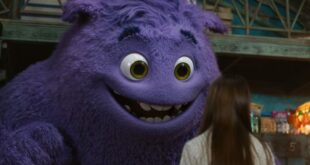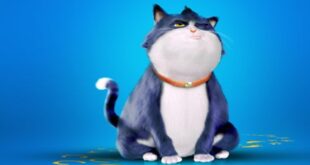Leather and denim are really great materials for apparel. They are fashionable and can be transformed into just about anything. The problem is, sewing with these materials requires a certain level of expertise. Of course, it is not just all about the sewing process. Knowing how to choose the best sewing machine for leather and denim also comes into play as well.
Working with heavy fabrics such as leather and denim could really be challenging. This is especially true if you have gotten used to projects involving textile only. At one point, you might have even made the mistake of trying to sew leather and denim using your regular sewing machine at home. I am pretty sure that the results are horrible!
Well, it is because there are actually sewing machines solely dedicated for heavy fabrics. Do you have any idea what features and functions you should look for in a particular model? Do you know what should a sewing machine be capable of, in order to sew leather and fabric? Well, let us find out the answers as we discuss these important buying factors in depth!
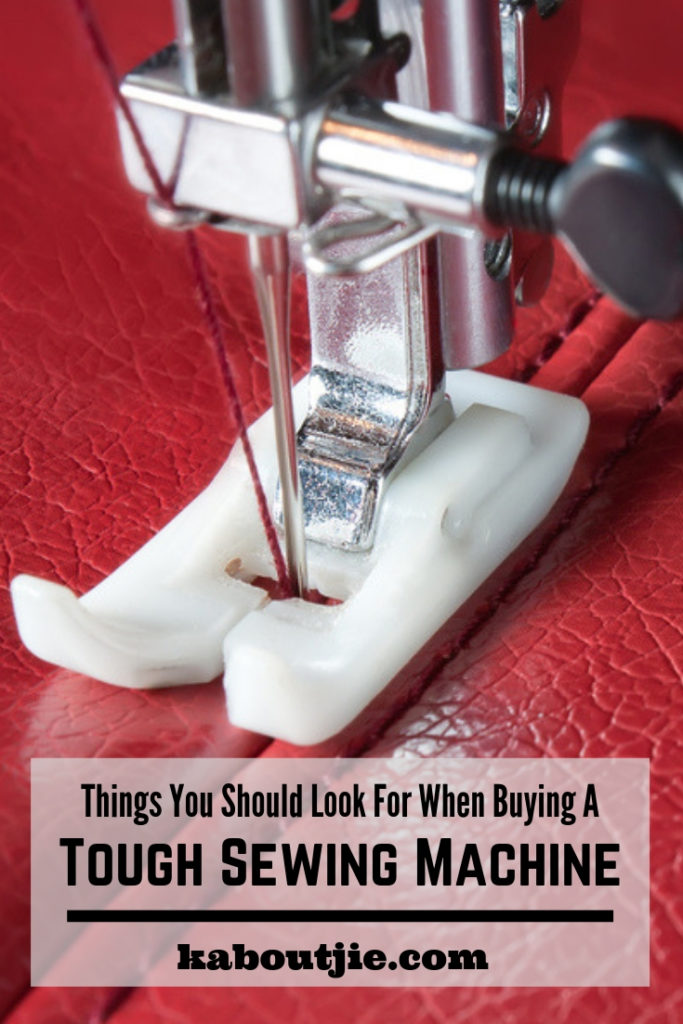
Important Features You Need to Consider
1. Attachment System
Most sewing machines have feed dog systems. To offer better sewing experiences, a lot of models nowadays have additional specialty mechanisms.
There are a lot of additional features that help minimize the friction between the presser foot and fabric. At the same time, these are incorporated to optimize the ability of any fabric to glide over evenly and smoothly as you sew.
Combination Style/Even Feed/Walking Foot Attachment
With the combination style foot attachment, there are typically two presser feet— one located inside and the other outside. These two oscillate alternately up and down as the sewing machine moves the needle.
The purpose of this attachment is to hold the fabric in place as the needle punctures it, and once again while lifting the needle out of it. The fabric is free to move in between these movements.
Rolling Presser Foot Attachment
The rolling presser foot attachment has little rollers or wheels, explaining the name. It functions to let sticky fabric glide over smoothly without getting caught up.
2. Built-In Stitches
A wide variety of sewing machines offer different number of built-in stitch options. They range from as low as 10 to as much as 600! The possibilities are endless; but while you may find a sewing machine offering hundreds of built-in stitches really attractive, you also need to consider if you are really going to need all 600. Sometimes, having just 10 options is enough, especially if you are still not that experienced. Nonetheless, of course, hundreds of stitches give you a lot of means to be more creative.
At the end of the day, you also need to consider which option is the most cost-efficient for your needs. Perhaps if you are an expert seamstress or fashion designer, a sewing machine with 600 built-in stitches will really come in handy.
3. Construction
When buying a sewing machine for leather and denim in the market, you should have your eyes on all-metal models. First of all, an all-metal construction is far more durable than plastic. So, you can really save a lot of time and money on upkeep.
A sewing machine motor generates forces that try to drive needles through the fabrics. These forces are so great that plastic materials may not be able to withstand them. As a result, they would just break down easily.
Needless to say, it is a whole lot quicker and smoother to sew thick fabrics with an all-metal sewing machine.
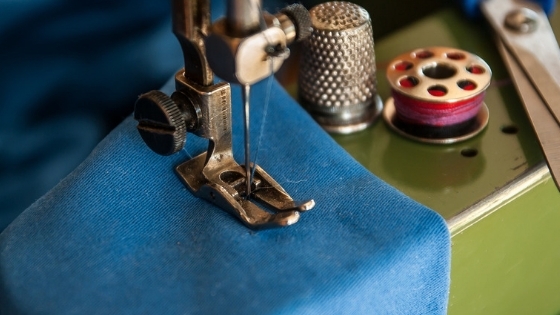
4. Drive Configuration (for Walking Foot Machines)
Walking foot machines are a thing nowadays. However, do not confuse it with a walking foot attachment.
These can sew multiple layers of tough fabrics such as leather and denim. They can even let your stitches to “zigzag” and move in all sorts of direction easily, all while not skipping a stitch or letting the fabric slip.
Different walking foot machines have different drive configurations. Typically, they have more than just one presser foot. They move fabrics using different ways aside from a feed dog. These drive configurations are as follows:
Compound/Triple Feed Drive
With the compound feed drive, the needle and inner presser foot move in sync with the feed dogs. This is suitable for all types of heavy fabrics. In fact, a lot of experts prefer it for leatherwork.
Double Feed Drive
The double feed drive is perfect for mark proof leather. It moves fabrics with the movement of the outer presser foot, which is in sync with the movement of the feed dogs.
Jump Feed Drive
The jump feed drive has a slotted presser foot, which can be raised to let the needle move the fabric. This is perfect for applications requiring the fabric to continue moving while sewing the stitch.
Presser Foot Feed Drive
With the presser foot feed drive, the presser foot has its teeth on the contact surface. This configuration ensures that the presser foot has a strong grip on the fabric. Be mindful not to use this with soft leather because it tends to leave little marks.
Snap Feed Drive
The snap feed drive pulls the fabric from the bottom to move it, with the help of the feed dogs. Then, the outer foot pivots on the spring-loaded hinge. When the feed dog drops away, the foot lifts and snaps forward.
So, this configuration is ideal for projects requiring a lot of fabric pivoting while sewing.
5. Motor Rating
For sewing thick fabrics such as leather and denim, your sewing machine should have a motor more powerful than those of regular ones. It is ideal to have a 1.2Amp or 1.5Amp motor. Either of these will do, just remember not to opt for anything less.
The most effective motors also come with essential features such as reduction gear systems and ribbed drive belts. They should have precision-engineered devices that help prevent your fabrics from slipping while sewing them.
6. Needle Compatibility
Tough needles are required for tough fabrics. You would know that a needle is tough when it has a thick shank and a wide body.
Your needles should be tough enough to puncture leathers and denims without bending or snapping. With wide bodies, you can easily pull threads through the holes without snagging the edge of your fabrics.
All things said, you should opt for a sewing machine that caters to tough needles.
7. Operation
Most sewing machines today are already electronic. All functions are computerized. Usually, they come with an LCD screen that displays the built-in stitch options. You can easily access and select the stitch you desire.
These are more powerful than mechanical sewing machines. However, of course, they are also more expensive.
If you want a cheaper option, then, you can try getting a mechanical model. Basically, it is not as high maintenance as its electronic counterpart.
The common misconception about mechanical sewing machines is that they are too old school and heavy. Well, you do not have to worry about it being bulky; the latest mechanical alternatives are now made lightweight. In fact, a lot of them are portable as well.
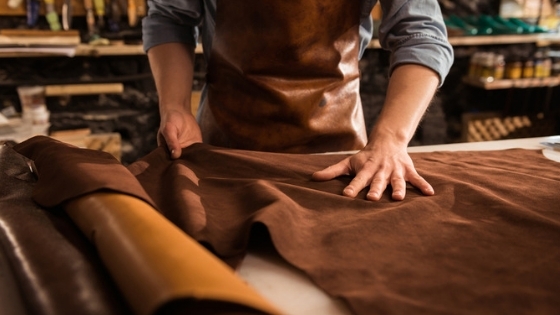
To Wrap It Up…
When buying a sewing machine for leather and denim— or any fabric for this matter, the important thing you need to remember is that different sewing machines are made for different purposes. Yes, they all share the same, universal function of sewing stitches. However, it is still a fact that every model has its own, unique set of capabilities and functions. All these are integrated in a particular sewing machine to fulfill specific tasks.
So, when you are having a hard time choosing, take into consideration the applications for which you will use it the most. From there, you would know the things to look for in a model, in terms of certain factors. These factors include the following:
- Attachment system;
- Construction;
- Drive configuration, which is applicable for walking foot machines;
- Motor rating;
- Needle compatibility; and
- Operation
I hope that by reading this article, you are now able to decide which is the best sewing machine for your tough projects. Do you have any thoughts on this matter? What is the most important, make-or-break feature for you? Do not hesitate to share your ideas!
 Kaboutjie SA Mommy Blogs by Lynne Huysamen
Kaboutjie SA Mommy Blogs by Lynne Huysamen



